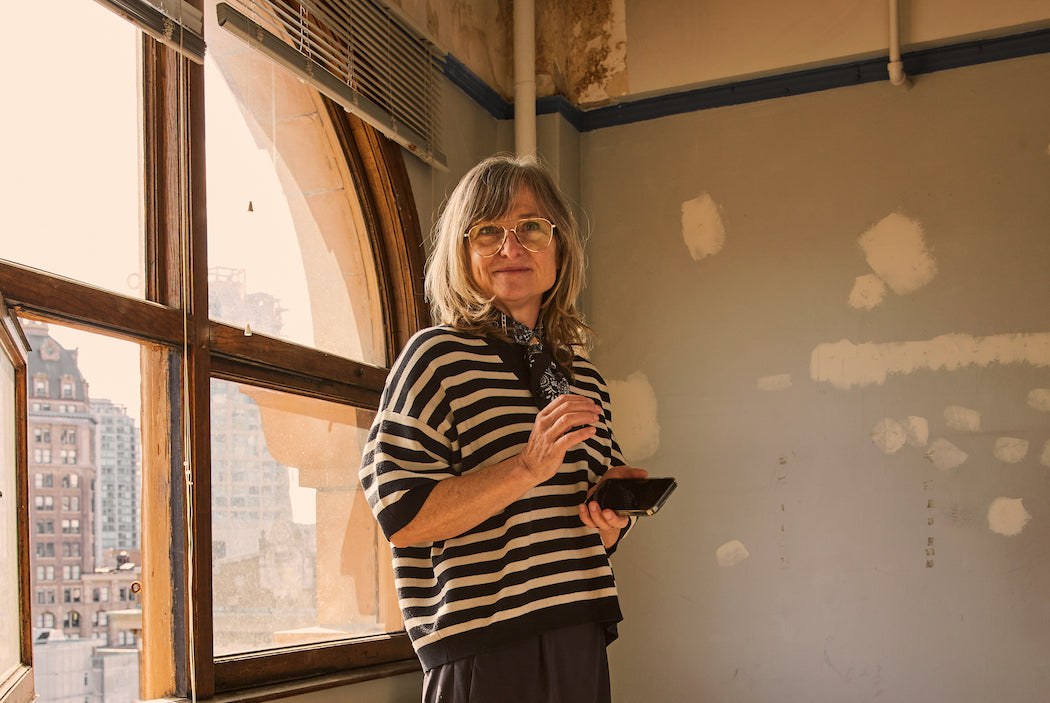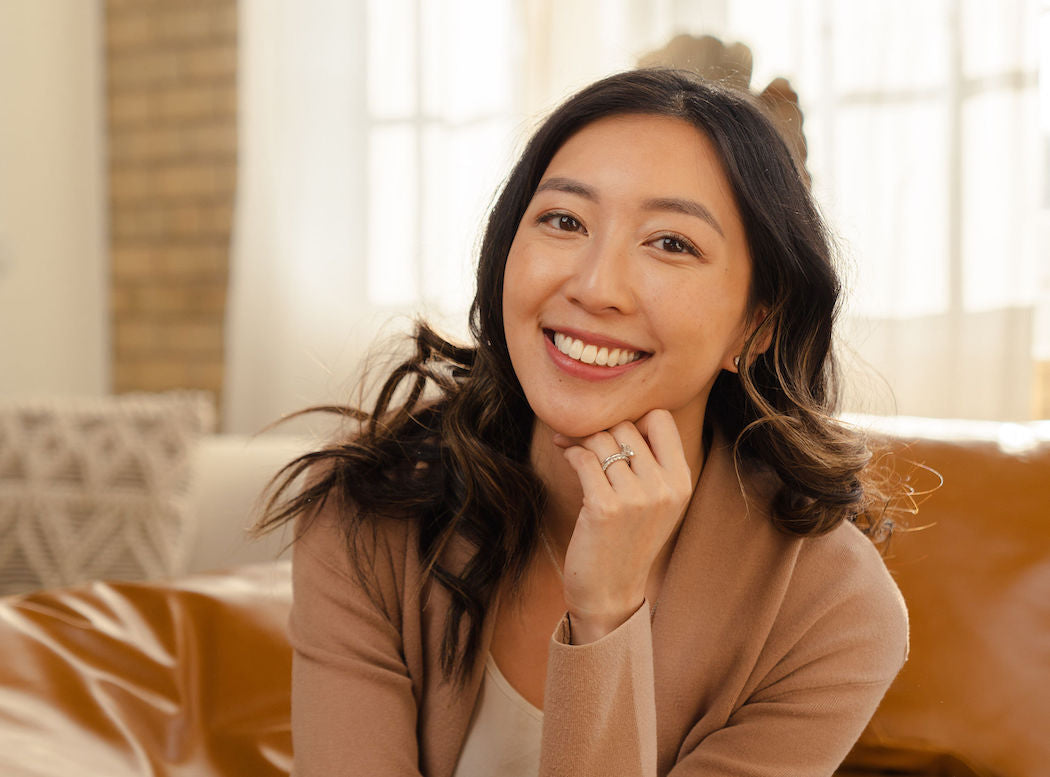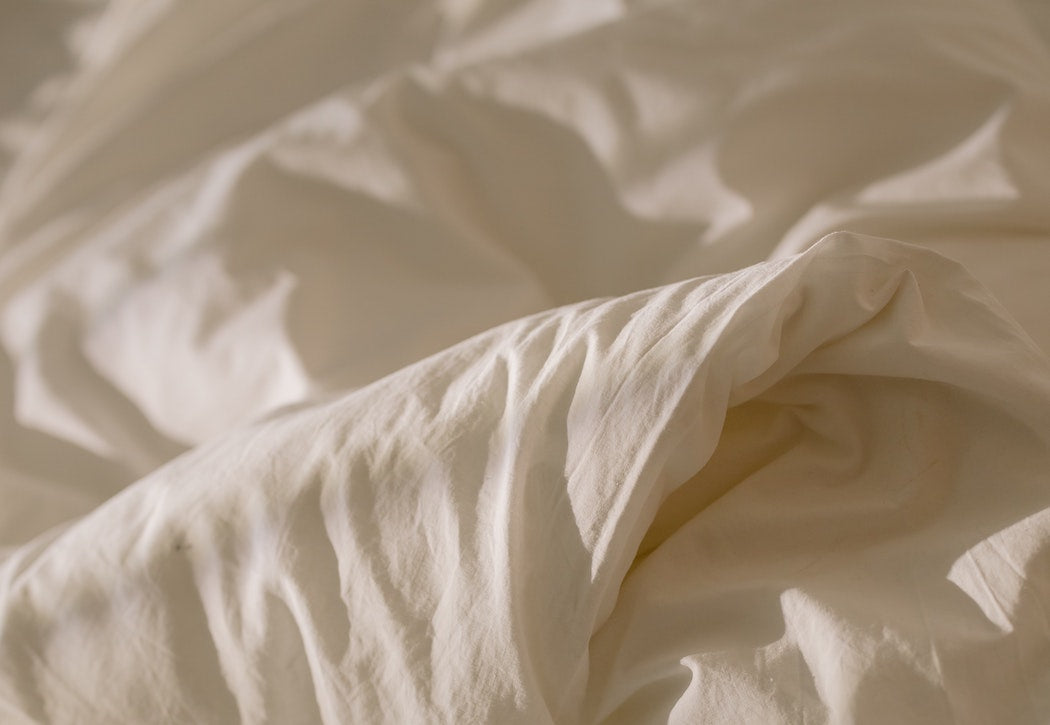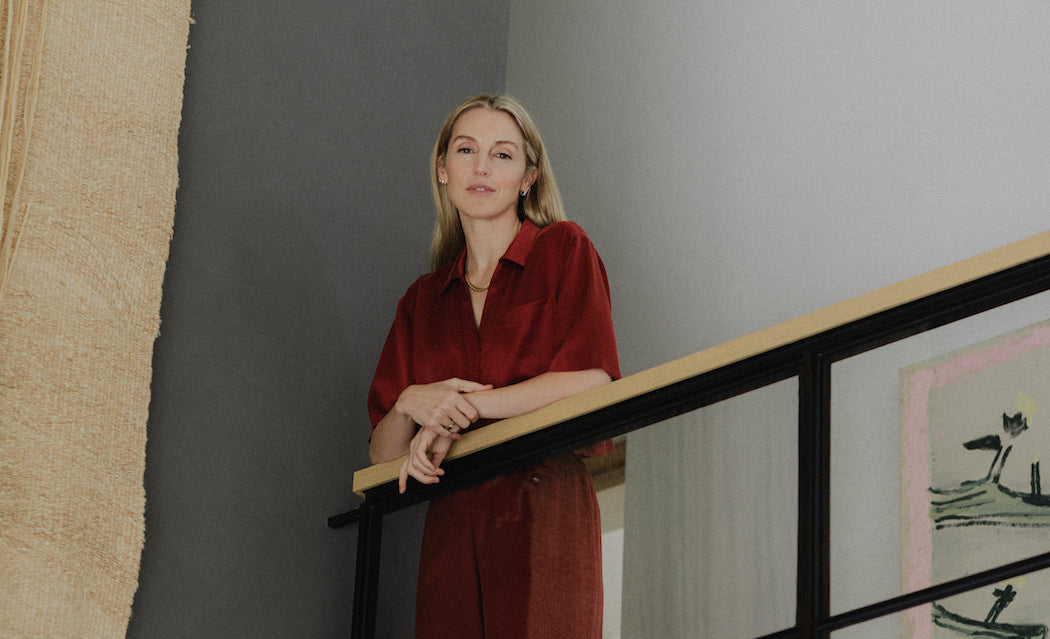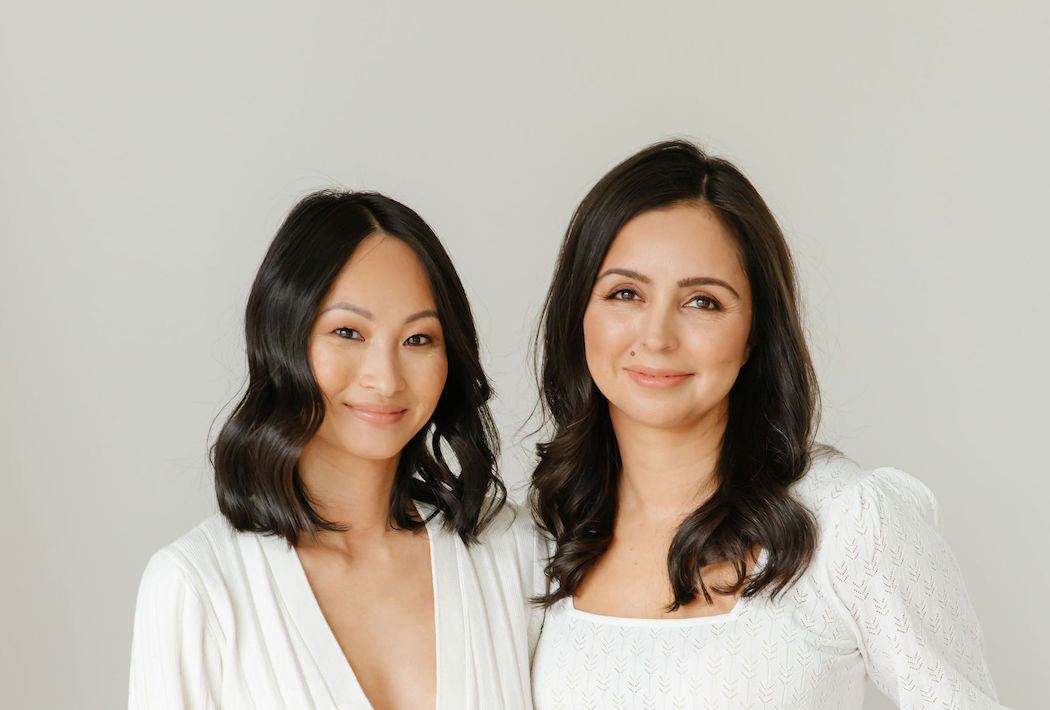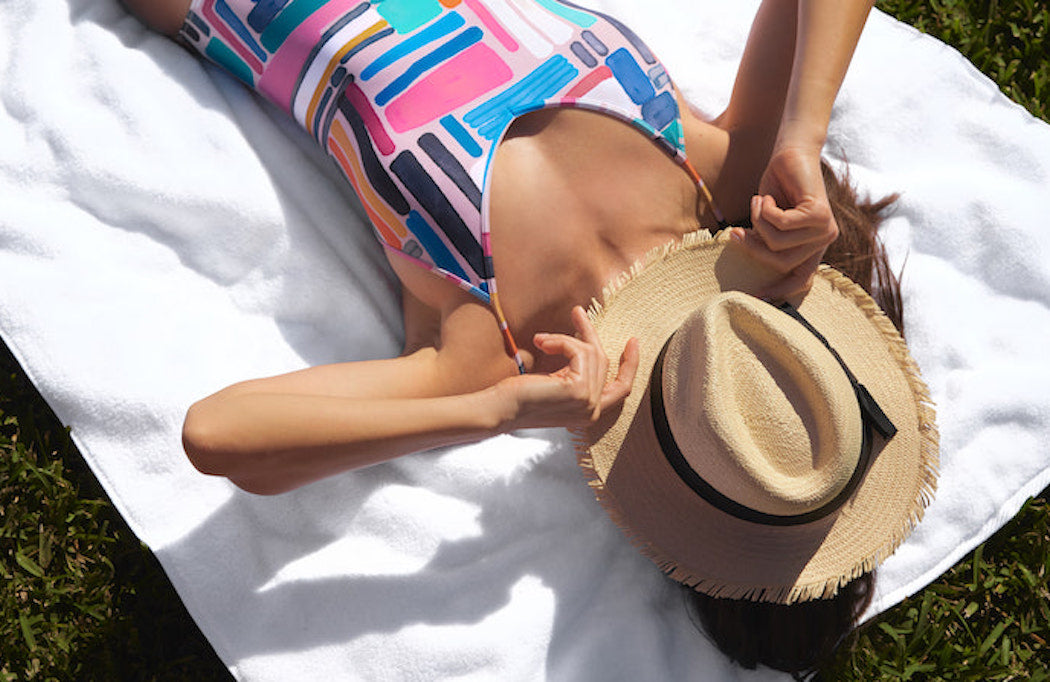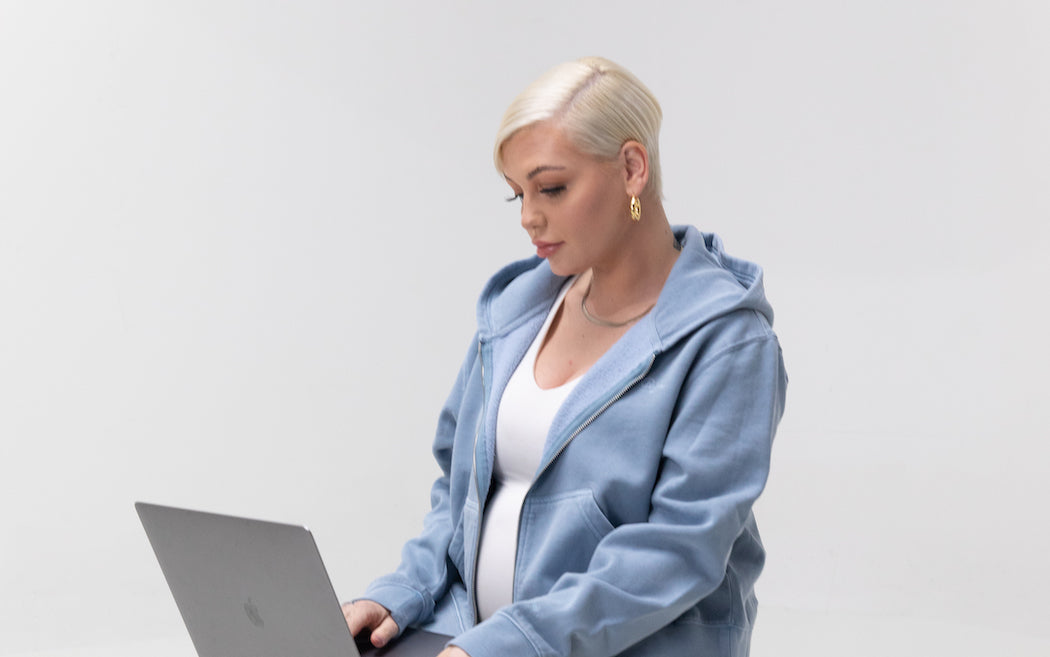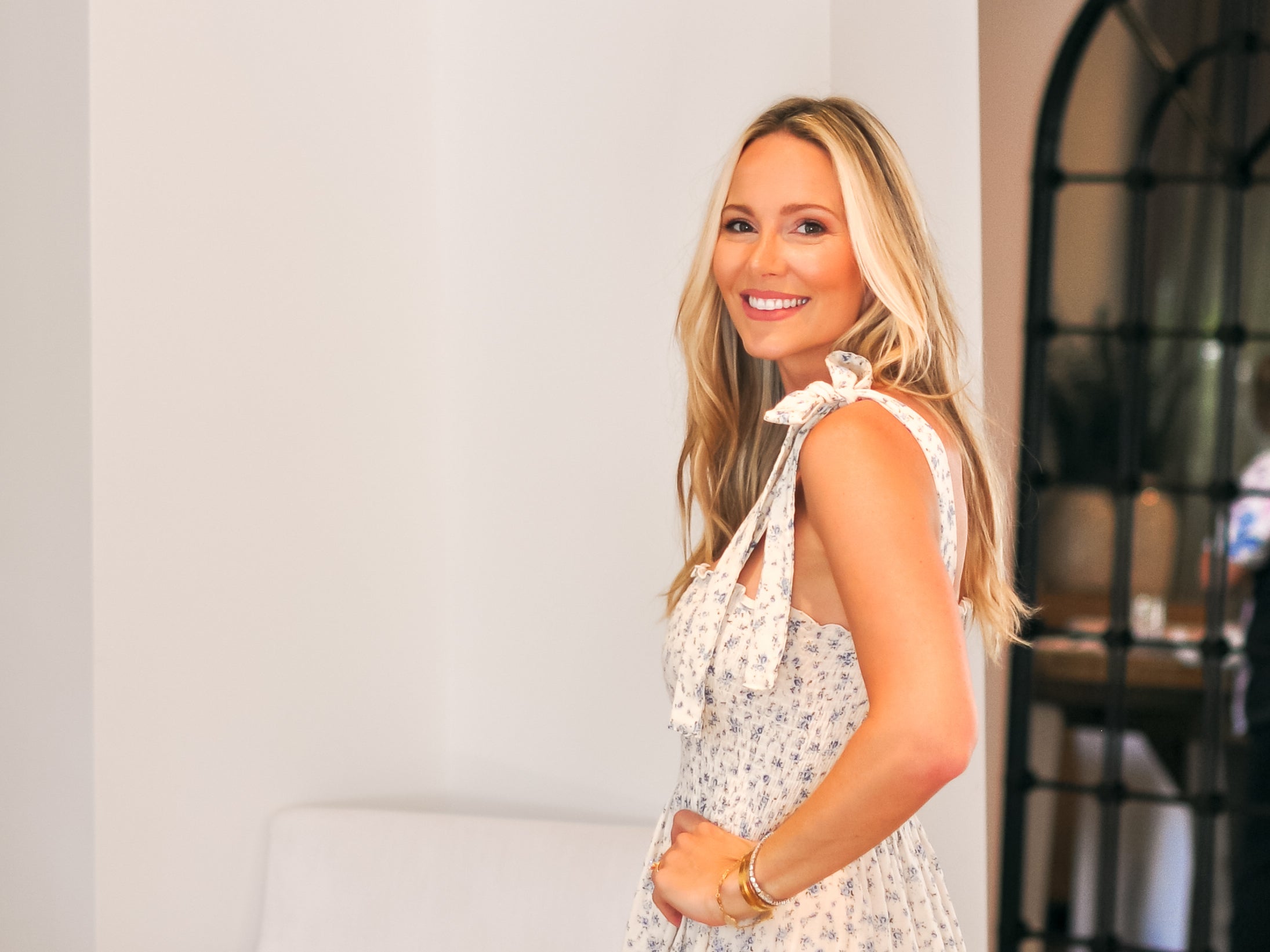“I’m a selfish person, so if it doesn’t exist, I’m going to create the yoga class that I want to go to.” Frankie Tanafranca has never been one to simply give in to flawed circumstances. As an active participant in Vancouver’s yoga scene, she’s had her fair share of discrimination towards her as a person of colour in mostly-white spaces, and she eventually came to the conclusion that it needed to change—hence, Yin to Yang: A Yoga Class for BIPOC Folk by BIPOC Folk was born.
Fuelled by her mission of dismantling the exclusivity of Vancouver’s wellness community, Tanafranca created a class specifically for Black, Indigenous, and other People of Colour in order to make space for those that didn’t have it, but also as an opportunity to fuel a larger dialogue about inequality. Over drinks at Prado Cafe on Commercial Drive, she discusses her inspiration, her goals, and more.
What is the mission of this class?
It’s quite simple—I just wanted to create a space for Black, Indigenous, and People of Colour folks to practice yoga together without worry and without question. I also wanted to build this project out with other BIPOC folks who feel passionate about the same issue—it was amazing to collaborate with people who were just as enthusiastic about this project as I was, from Andrew Fredericks, a leader at Karma Teachers, to Justine Crawford, who created the poster.
What was your personal inspiration for starting it?
I definitely had a tipping point. When you come from a marginalized group, you tend to do a very automatic room scan to see if there is anyone else in a space that looks like you. I remember walking into a yoga class and thinking, “I’m so sick of being the only brown body in the room every single time.” I’d been feeling frustrated about this for a long time, but on this particular day, it really got to me—I thought about it the entirety of savasana. I went home to try to Google if there was a class for people like me; I figured that in such a wellness-focused and culturally-diverse city, there had to be something. I unfortunately found no results.
I started bringing this idea up in conversations with people and immediately got a lot of support; people knew people who could help me out, and it just really got the ball rolling.
Why do you think in Vancouver that BIPOC individuals are so underrepresented in the yoga and wellness community?
Vancouver is in a region that is historically and currently very diverse, but the representation in the city, specifically in the wellness world, doesn’t really reflect this diversity. I think it’s a matter of multiple factors at play involving access, power, and representation.
There is always going to be a hesitation for BIPOC folks when it comes to joining the community, because so often there is not really a sense of belonging for them in that space. There’s no ball or bat in yoga—your body is the instrument for yoga, which inherently highlights your relationship with it. Especially when your body is the only one that looks different in a space.
What do you hope for attendees to experience and take away from this class?
I would really love to see a weight lifted off from people’s shoulders in allowing them to be in a space where they don’t have to adjust their behaviour, where they can breathe easy and take up space.
At the end of each class there’s an opportunity to have a discussion—I want people to not have to defend why they’re feeling a certain way or have to provide context.
What kind of impact do you hope this will have on the yoga and fitness community as a whole?
I’m hoping it will do two major things. One, allow people who are marginalized to feel like they belong in a space without question. Two, I want this class to actively dismantle the image of the wellness community and fuel a dialogue that addresses inequalities.
How can people attend? What should they keep in mind?
We run the class at Karma Teachers in downtown Vancouver. It’s by donation and no one is ever turned away for lack of funds. We have mats, props, everything included, so just bring yourself. For all of February in honour of Black History Month, the class is held every Friday at 8:30 a.m. After that it’ll run the first Friday of every month. Stay tuned for more times and locations in the future.
When you choose to attend, keep in mind who this class is for; but if you do attend, know that you belong and that your attendance is valid.
If someone wants to start a similar initiative of their own, how can they get started?
I would love for people to go out there and create more classes for more groups of people—we need yoga classes for queer individuals, fat bodies, Indigenous-specific, et cetera. There’s only so much I can do in my own position, but I hope I can at least spark inspiration for people to go out there and host more classes for marginalized groups.
Here are my tips for getting started:
- Identify groups that are underrepresented in the wellness world.
- Recognize the barriers that are involved.
- Address the barriers.
- Acknowledge financial accessibility.
- Take into account transportation and accessibility to the location.
- Focus on belonging.
- Consider how to make the group feel comfortable (for example, by practicing gender neutrality).
- Reach out to those with lived experience—they know best.
This interview has been edited and condensed.

